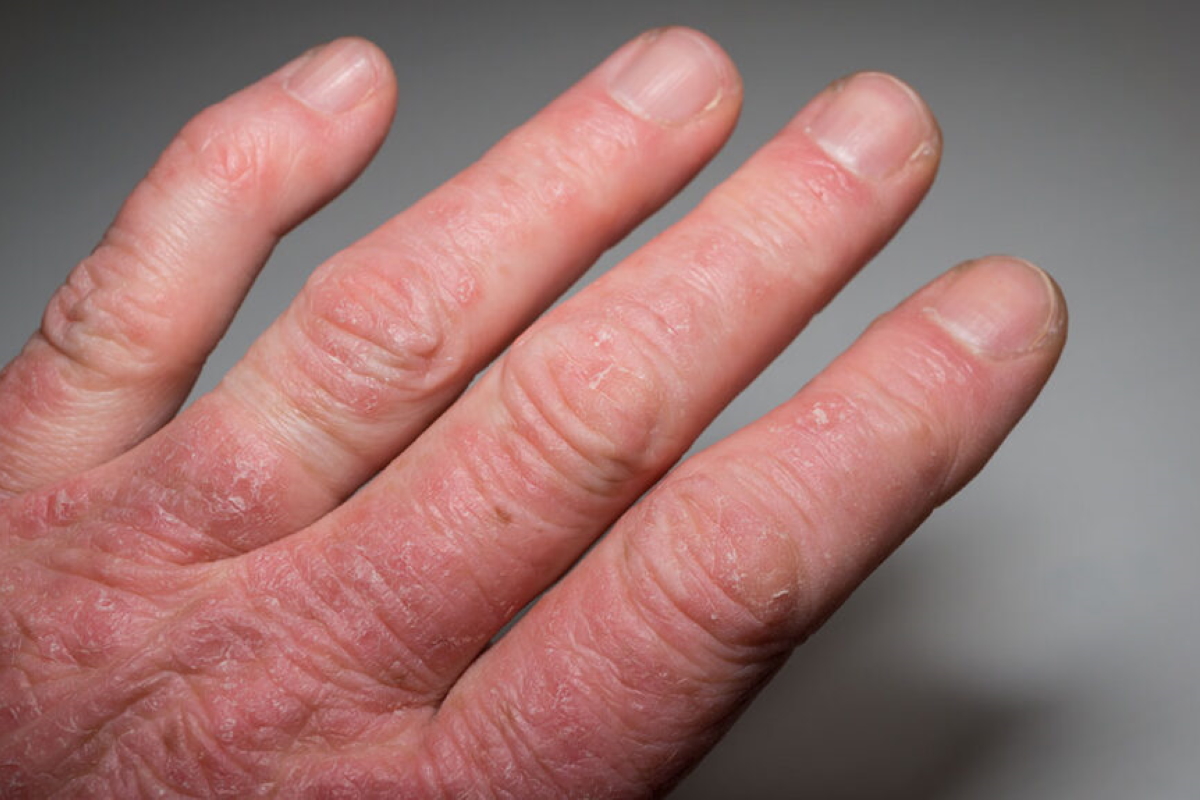WHAT IS SYSTEMIC LUPUS ERYTHEMATOSUS (SLE) OR LUPUS?
What is Lupus?
Lupus (or systemic lupus erythematosis SLE) is an autoimmune disease that occurs when your body’s immune system (auto-antibodies) attacks your own tissues and organs causing inflammation. Every part of your body can be affected but most commonly affected are your joints, skin, kidneys, blood cells, brain, heart and lungs.
Lupus can be difficult to diagnose because the signs and symptoms often mimic those of other diseases. The most common symptoms of lupus are extreme fatigue, facial ‘malar’ rash, joint swelling and unexplained fevers.
Some people are born with a tendency toward developing lupus, which may be triggered by infections, certain drugs or even sunlight. The severity, duration and frequency of symptoms vary between patients with relapses (known as ‘flare-ups’ occurring during periods of remission. While there’s no cure for lupus, treatment can help control symptoms.

Risk factors for lupus
Factors that may increase the risk of lupus include:
- Lupus is more common in women (90% are women)
- Lupus affects people of all ages (most common around 15 and 50 years)
- Lupus is more common in African-Americans, Hispanics and Asian-Americans (the incidence is 1:250 while it is 1:1,000 in China)

Symptoms of lupus
1) Fatigue
50-90% of people with lupus experience fatigue which seems to be caused by many factors including disease activity, anxiety disorders, sleep disturbances and low levels of exercise. This can affect the ability to function at home and at work.
2) Malar Rash
About half of people with lupus develop the characteristic facial ‘malar’ rash or color change across the face in the shape of a butterfly. This can last from days to weeks and can be painful or itchy. Other rashes can also occur on areas exposed to the sun such as the face and ears, upper arms, shoulders, chest & hands (due to photosensitivity).
3) Joint Pain and Swelling
Almost all patients with lupus will have arthritis (inflammation or swelling of the joints). The most common symptoms are stiffness (especially on waking) and pain called arthralgia in any joint but most commonly in the hands and wrists.
4) Fever
Most patients get unexplained fevers.
5) Blood clots
Patients with lupus may get low haemoglobin (anaemia), low white cells (prone to infection) and increased risk of developing blood clots in the body.
Complications
1) Kidney
When the kidneys become inflamed (nephritis), they can’t effectively get rid of waste products and other toxins from the body. While there is usually no pain associated with nephritis, some patients may notice dark urine and swelling around their eyes, legs, ankles, or fingers. Typically, an abnormal urine or blood test is the only indication of kidney disease. But because the kidneys are so important to overall health, lupus patients with kidney disease generally require intensive drug treatment to help prevent permanent damage. Kidney failure is the commonest cause of death in lupus.

2) Heart issues
For some lupus patients, inflammation can occur in the heart (myocarditis and endocarditis) or the membrane that surrounds it (pericarditis), causing chest pain or other symptoms. Endocarditis can damage the heart valves – the valve surface can thicken and develop growths. This can cause heart murmurs, though the valves can usually still function.
3) Diabetes
Patients with lupus are at high risk for insulin resistance and diabetes (an inability to control glucose, or blood sugar). While corticosteroids are a common treatment for lupus-related inflammation, they can interfere with insulin production. If you’re a lupus patient with diabetes, you have an increased risk for developing such complications as neuropathy (disease or dysfunction of peripheral nerves, which may cause numbness or weakness) and kidney failure.

4) Lung issues
Some people with lupus develop pleuritis, an inflammation of the chest cavity lining resulting in chest pain and difficulty breathing. Patients with lupus may also be susceptible to pneumonia.
5) Nerves
Autoimmune disorders like lupus can contribute to transverse myelitis, an inflammation of the spinal cord. Transverse myelitis pain can begin suddenly in your lower back and may shoot down your legs or arms or around your chest or abdomen. Pain symptoms vary depending on the affected part of your spinal cord. Some people report sensations of numbness, tingling, coldness, burning, or a weakness in their arms or legs. They also may experience problems with bowel or bladder control.
6) Blood vessels
Lupus causes tissue and organ inflammation. Inflamed blood vessels (vasculitis) can affect the way blood circulates through the body. This can cause fingers and toes that turn white or blue when exposed to cold or during stressful periods which can be painful (Raynaud’s phenomenon). People with lupus are also at increased risk for atherosclerosis, commonly known as hardening of the arteries.
7) Neurological
Lupus can affect the brain or central nervous system in some lupus patients. Symptoms may include headaches, dizziness, depression, memory disturbances, vision problems, seizures, stroke, or changes in behaviour.

8) Pregnancy complication risk
Most women with mild-to-moderate lupus can have healthy babies with no complications. Nonetheless, it’s best to have no symptoms and take no medications for several months (ideally 6 months) before becoming pregnant. There is increase risk of miscarriage and increased risk of mild to moderate flare-ups during or after their pregnancy. Some, especially those taking steroids, are more likely to develop high blood pressure (eclampsia), diabetes, hyperglycemia (high blood sugar), and kidney complications. If you’re pregnant and have lupus, you should seek pregnancy counselling as early as possible and see the doctor often to be monitored.
Disclaimer. TELEME blog posts contains general information about health conditions and treatments. It is not intended to be a substitute for professional medical advice, diagnosis or treatment. The information is not advice and should not be treated as such.
If you think you may be suffering from any medical condition, you should seek immediate medical attention from your doctor or other professional healthcare providers. You should never delay seeking medical advice, disregard medical advice, or discontinue medical treatment because of information on this website.








